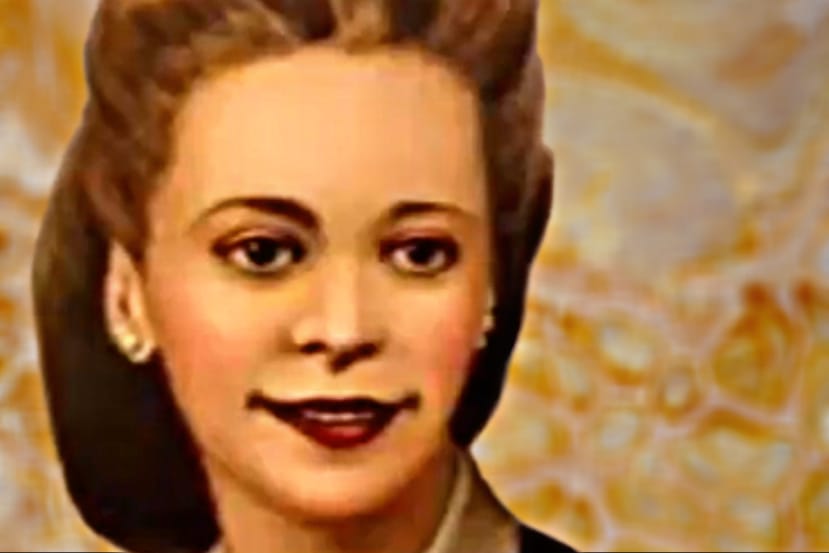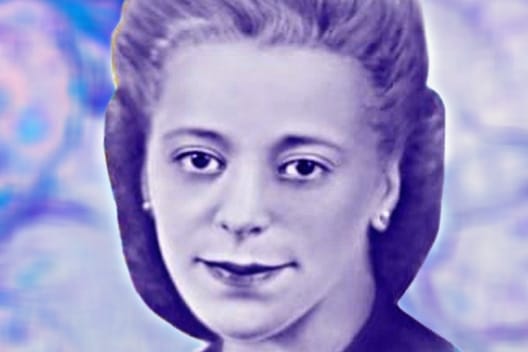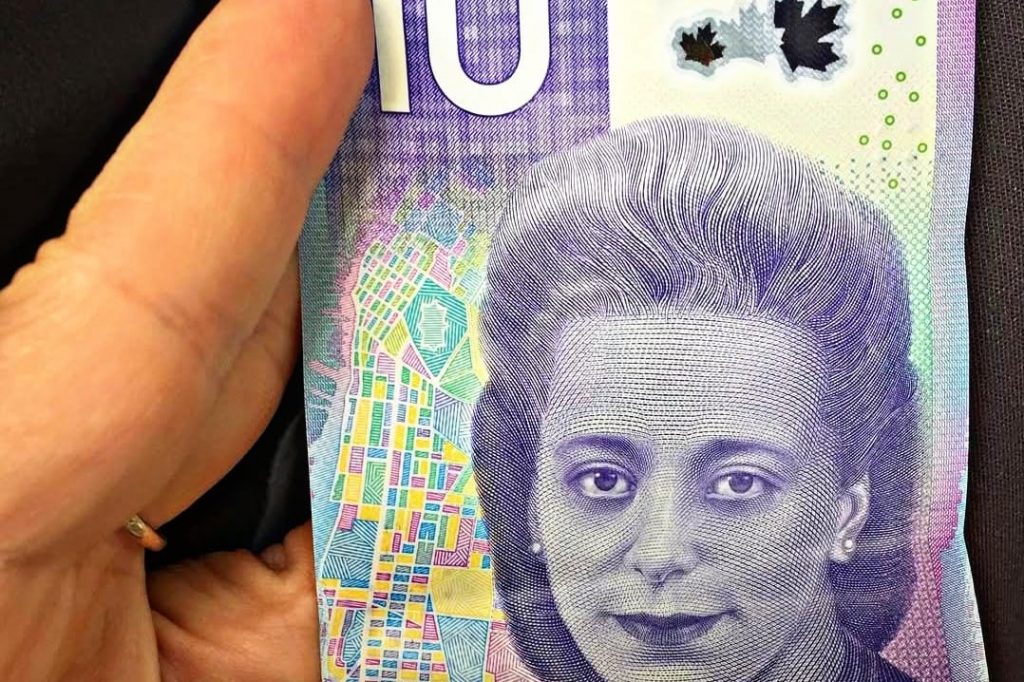Viola Desmond, often referred to as Canada’s Rosa Parks, is one of the most significant figures in the fight for racial equality in Canada. Known for her courage in challenging the racial segregation in a Nova Scotia theatre in 1946, Desmond’s act of defiance sparked a pivotal moment in Canadian civil rights history. Desmond’s bravery and her pursuit of justice have left an indelible mark on Canadian society, making her a symbol of resilience, civil rights activism, and social change.
In this article, we will explore Viola Desmond’s life, the critical moment that made her a symbol of racial justice, and her lasting impact on Canadian society. We will also examine her legacy and the recognition she has received in the years since her courageous stand against racial discrimination.
Early Life and Background of Viola Desmond

Viola Irene Desmond was born on July 6, 1914, in Halifax, Nova Scotia. She was one of ten children born to James Desmond and Gwendolyn Desmond, both of whom were part of the African Nova Scotian community. The Desmond family lived in the North End of Halifax, a neighborhood that had a significant Black population, many of whom were descendants of the Black Loyalists, freed slaves who had come to Canada in the late 18th century.
Growing up, Desmond witnessed the social and racial inequalities that plagued Canadian society, especially for Black Canadians. Racism was pervasive across the country, particularly in the Maritimes, where racial segregation in public spaces, schools, and other institutions was still the norm. Viola’s parents, despite facing systemic discrimination, instilled a strong sense of self-worth and the importance of education in their children. Desmond was also inspired by her mother’s entrepreneurial spirit, and from a young age, she dreamed of making a difference in her community.
Education and Early Career

Viola Desmond’s early education was spent in Halifax, where she attended Halifax’s Industrial School for Girls. In 1937, she pursued her passion for beauty and self-care and enrolled in a beauty training program at the Cosmopolitan School of Beauty Culture in Montreal. After completing her training, Desmond became a successful beauty consultant and entrepreneur. She was one of the few Black women in Canada at the time to establish her own beauty business.
In the 1940s, Desmond opened Viola Desmond’s Beauty Culture, a beauty salon in Halifax. She also opened a beauty school, where she trained other Black women to become beauty professionals. This was an important contribution, as it provided Black women with economic opportunities and vocational skills at a time when racial discrimination severely limited their professional prospects.
While Desmond was thriving in her career, Canada’s racial segregation policies remained firmly in place, particularly in the Maritime provinces, where the legacy of Black enslavement and discrimination persisted.
The Incident at the Roseland Theatre

Viola Desmond’s name became a symbol of civil rights activism after an act of defiance that took place on November 8, 1946, in the small town of New Glasgow, Nova Scotia. Desmond, who was in the area for business, decided to attend a movie at the Roseland Theatre. Unbeknownst to her, the theatre was segregated, and Black patrons were required to sit in the balcony section. White patrons had access to the main floor seats.
Desmond purchased a ticket for a main floor seat, assuming that she could sit anywhere in the theatre. When she entered the theatre and took her seat, she was confronted by the manager and asked to move to the balcony. Desmond refused, arguing that she had paid for a main-floor ticket and was entitled to sit wherever she wanted. She was informed that Black patrons were not permitted to sit on the main floor, and when she refused to comply, the police were called.
Viola Desmond was arrested and charged with “defrauding the government” because she had not paid the extra one-cent tax that applied to the balcony ticket, a tax that was imposed on seats in the segregated section. Desmond was jailed, fined $20, and her case was dismissed without the benefit of legal counsel.
The trial and conviction were a miscarriage of justice, and Viola Desmond’s arrest quickly became a symbol of the systemic racism that Black Canadians faced at the time. Her decision to stand up for her rights, even in the face of legal and social opposition, would spark a movement for racial justice in Canada.
The Aftermath: Legal Struggles and Public Outcry

After Viola Desmond’s conviction, she experienced significant personal and professional hardship. Her business, Viola Desmond’s Beauty Culture, suffered due to the controversy surrounding her arrest. However, Desmond’s act of defiance did not go unnoticed. It became an important catalyst for the Black civil rights movement in Canada, particularly in Nova Scotia, where racism was deeply entrenched in everyday life.
In the years following her arrest, Desmond’s case became a symbol of resistance to the deeply rooted racial discrimination faced by Black Canadians. Many individuals and organizations within the Black community began calling for a formal pardon and reparations for Desmond. However, it wasn’t until 2010 that the government of Nova Scotia finally issued an official posthumous pardon for Desmond’s conviction, recognizing the injustice that had been done to her.
In 2018, Viola Desmond was further recognized when her face was featured on the $10 Canadian banknote. She became the first woman in Canadian history to be depicted on the country’s currency. This moment was a historic recognition of her bravery and her contribution to Canadian civil rights.
Viola Desmond’s Legacy and Impact
Viola Desmond’s act of defiance in the face of systemic racism in 1946 has left an enduring legacy that continues to resonate today. Her legacy has been honored in various ways, from schools and public places named after her to educational programs that teach her story as an important chapter in Canada’s fight for racial justice.
Desmond’s story has also been included in school curricula across Canada, helping to educate young people about the history of racism in the country and the ongoing struggle for racial equality. Her image is frequently invoked in discussions of social justice, and she is celebrated as a trailblazer for Black civil rights in Canada.
Memorials and Recognition
Viola Desmond’s life and legacy are celebrated in numerous ways:
- Viola Desmond Day (February 22): In 2015, the province of Nova Scotia officially declared Viola Desmond Day, which is observed annually on February 22. This day is dedicated to honoring her courage and contribution to the fight for racial equality.
- Viola Desmond’s School and Public Spaces: Numerous public spaces, including schools and parks, have been named in her honor, such as Viola Desmond Public School in Halifax.
- Viola Desmond Foundation: The Viola Desmond Foundation is dedicated to promoting her legacy and advancing racial justice initiatives. The Foundation works with various organizations and initiatives to continue Desmond’s fight for equality and social change.
- Cultural and Artistic Recognition: Desmond’s story has also been portrayed in art, theatre, and literature, further cementing her place in Canadian cultural history. Her image is frequently featured in museums, especially in exhibits focused on Black Canadian history and human rights.
- Posthumous Recognition: Desmond’s face on the Canadian $10 note not only serves as a reminder of her courage but also symbolizes a broader recognition of Black Canadian history. Her recognition on currency marked a milestone in the ongoing movement to celebrate the contributions of Black Canadians in all aspects of society.
Viola Desmond in the Context of Canadian Civil Rights
While Viola Desmond is often compared to Rosa Parks in the United States, her story is distinct in the context of Canadian civil rights. The Canadian civil rights movement was less organized and less publicized than its American counterpart, and racial segregation in Canada was often more subtle but no less harmful.
Desmond’s courage helped ignite a series of legal challenges and activist movements aimed at ending segregation and achieving racial equality in Canada. Her stand against injustice was not just about one woman’s refusal to move in a theatre; it was part of a larger struggle that was taking place across the country as Black Canadians sought recognition, rights, and opportunities equal to those of their white counterparts.
Desmond’s act of defiance was instrumental in pushing the Canadian government to reexamine its policies of racial discrimination and segregation. Her story helped to lay the foundation for future civil rights battles in Canada, many of which continue to this day, as systemic racism persists in areas like education, housing, and law enforcement.
Viola Desmond’s Role in Modern Conversations about Racial Justice
In recent years, as movements like Black Lives Matter have gained momentum globally, Viola Desmond’s story has been increasingly highlighted as an important part of the broader fight for racial equality. Her legacy is not just a historical artifact—it is a source of inspiration and a model of how individuals can make a difference, even in the face of overwhelming adversity.
Desmond’s courage is a reminder that the fight for racial justice is ongoing, and her example continues to inspire those who are fighting against racial inequality in all aspects of life. Her story serves as a beacon of hope for those who continue to challenge systemic racism, and it underscores the importance of remembering and learning from the past as we work toward a more inclusive future.
Conclusion: Viola Desmond’s Lasting Impact on Canada and the World
Viola Desmond’s defiant stand against segregation in 1946 was a pivotal moment in Canadian history. Her courage in the face of racial injustice not only challenged discriminatory practices in Nova Scotia but also helped spark a broader movement for civil rights in Canada. Desmond’s legacy continues to be celebrated, and her story remains an enduring symbol of resilience, justice, and equality.
Viola Desmond’s story is a powerful reminder that one individual can make a significant difference in the fight for justice. Through her activism, she helped shape the course of civil rights history in Canada and continues to inspire individuals worldwide who are dedicated to promoting racial equality and social justice. As her legacy continues to be honored through education, recognition, and activism, Viola Desmond remains a true Canadian hero.

